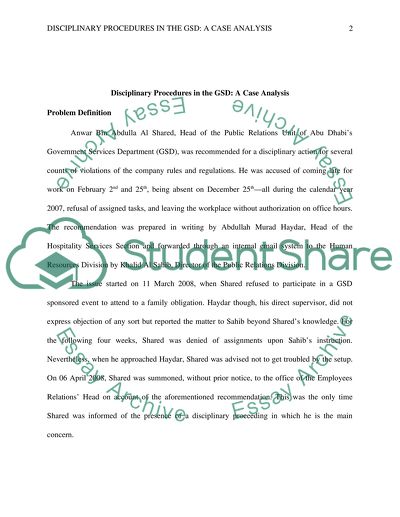Cite this document
(“Case Analysis and Recommendation Research Paper”, n.d.)
Retrieved from https://studentshare.org/family-consumer-science/1421247-case-analysis-and-recommendation
Retrieved from https://studentshare.org/family-consumer-science/1421247-case-analysis-and-recommendation
(Case Analysis and Recommendation Research Paper)
https://studentshare.org/family-consumer-science/1421247-case-analysis-and-recommendation.
https://studentshare.org/family-consumer-science/1421247-case-analysis-and-recommendation.
“Case Analysis and Recommendation Research Paper”, n.d. https://studentshare.org/family-consumer-science/1421247-case-analysis-and-recommendation.


